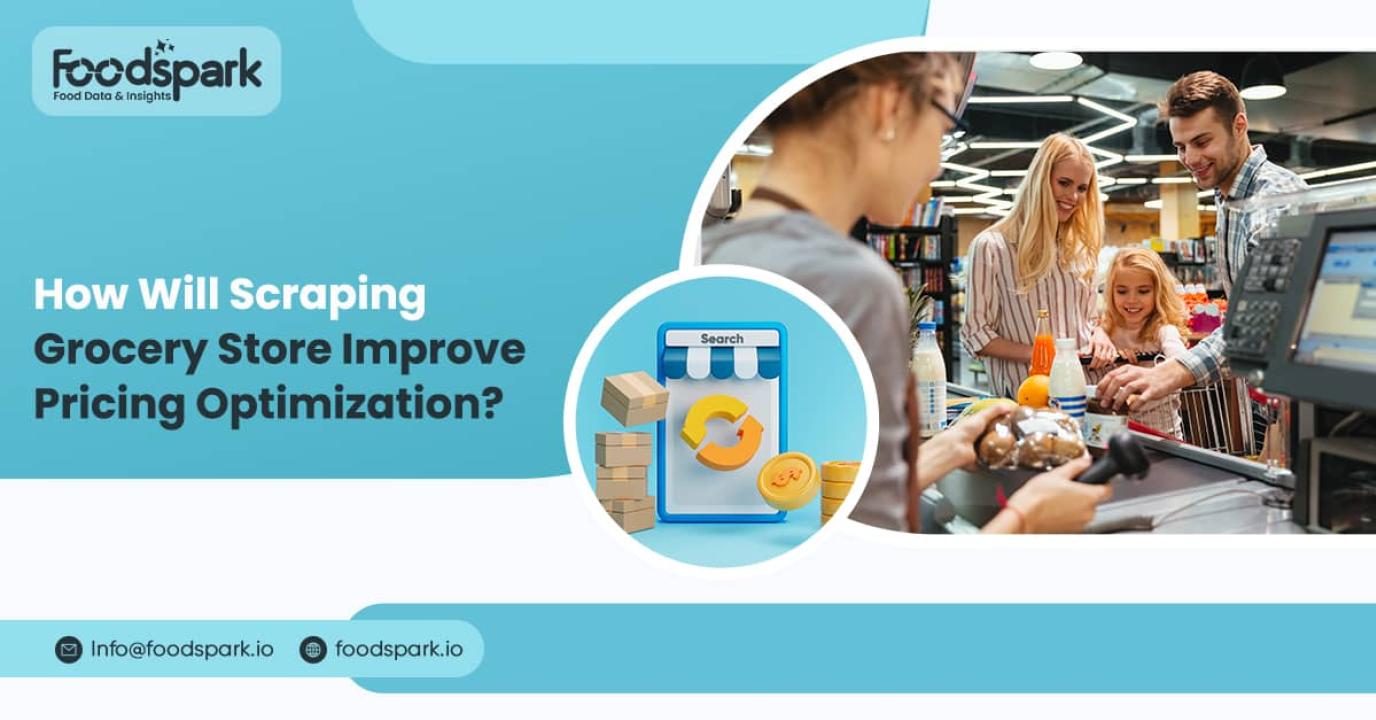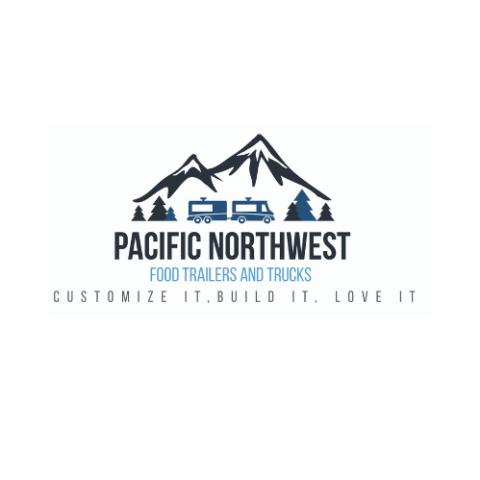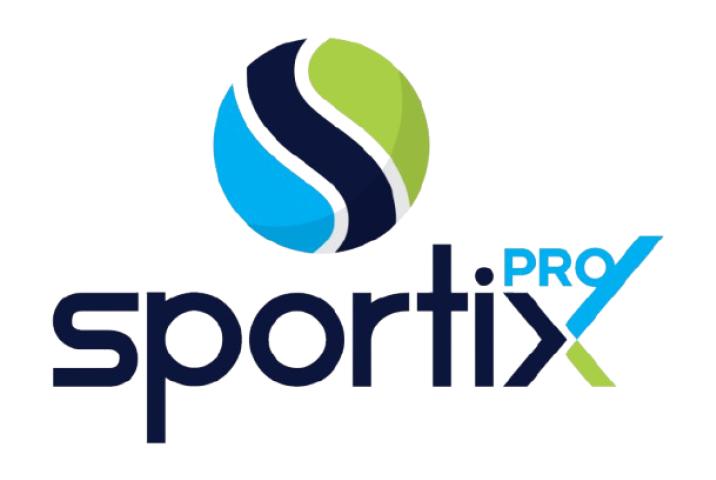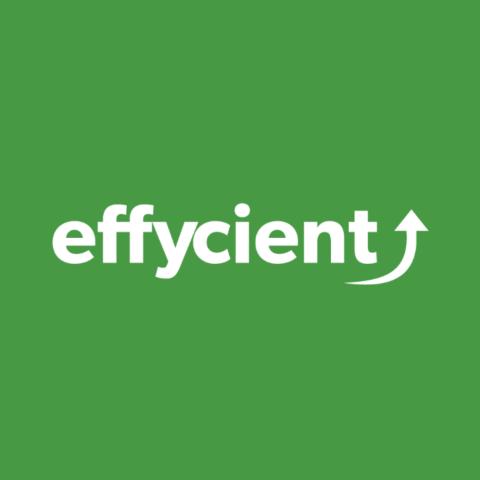The grocery store market is expected to grow by around 1288.2 million users by 2027. This dynamic market constantly challenges your business to scale and reach its target audience. If you run a grocery store, it is essential to maintain the perfect inventory levels to avoid wasting resources, losing leads, and reducing profits.
By scraping grocery store data, you can grab the chance to grow your business with technological advancements. Understanding pricing trends, market conditions, and competitors is essential for your business to maintain balance and meet your goals quickly.
We will explore how scraping grocery pricing stores will offer valuable insights into making more intelligent decisions, improving customer experience, and empowering you with the knowledge to navigate and shape market trends.
What Is Grocery Store Data Scraping?
Grocery store data scraping is extracting product details, pricing, availability, discounts, and promotional offers to enable analysis through intelligent tools. It helps to extract bulk data from various resources through store locations, customer reviews, and other publicly available information. A simple method to scrape data from a website is:
- Pick your target platform to check if they have updated information.
- Scraping tools are used to gather data from the chosen platforms.
- Store the information in a structured format that is more accessible for analysis.
- Start analyzing and optimizing your platform for profitable returns.
Scraping grocery stores will give you the metrics to analyze and gain a competitive advantage, allowing you to stay competitive.
What Are The Data Fields Extracted From Grocery Store Scraping?
The rise of online grocery stores requires changing your approach constantly based on the market demands and potential audience interests. Here are some key fields that you can extract:
Store Name | Address | City | State | Zip | Geo Coordinates |
Product Name | Images | Product SKU | Categories | Description | Product Price |
Discounted Price | Best Offers | Services Available | Reviews | Ratings | Seller Information |
Variants | Ingredients List | Nutritional Information | Shelf Life | Availability Status | Delivery Options |
Minimum Order Quantity | Loyalty Program Information | Store Hours | Contact Information | Weight/Volume | Delivery Fees |
What Are The Strategies For Grocery Store Pricing Scraping?

The practical method of gathering pricing data from grocery stores should include the right data sets using efficient processes and strategies. Here are various techniques you can invest in:
Grocery Store Scraping API
It provides programmatic access to the information available on your target platform. You can pick tools with advanced features to handle data accuracy, regular updates, and dynamic content structure.
Web Scraping Tools
Multiple tools are available to automate the process of extracting grocery data. Look for functionalities like scheduling, export options, and legal processes to ensure they do not harm your business’s reputation.
Data Extraction Services
Grocery store scraping service providers have various solutions to extract data per your requirements. They will provide custom solutions to meet your requirements and deliver ideal data sets that are easier to analyze.
Custom Data Scraper
This targets specific elements in the grocery store, giving you access to limited resources as needed. It allows you to customize the data extraction process based on your business goals and audience.
What Is The Role Of The Scraper In Extracting Grocery Pricing Store Data?
The scraper is crucial in efficiently gathering valuable pricing information from grocery stores. It performs functions such as market research, collecting real-time data, enabling personalization, facilitating competitor analysis, and aiding in efficient scaling. These functions help in meeting your business requirements effectively and promptly:
1. Market Research: Pricing data scraped from grocery store platforms becomes valuable for staying competitive. This helps the business identify trends and customer demands and fulfill them hassle-free.
2. Real-Time Data: A scraper collects pricing, products, promotions, and other relevant details from the grocery store for analysis.
3. Pricing Optimization: Pricing scraping data from multiple resources allows you to customize the promotions and offerings based on locations and target customer segments to generate better leads.
4. Competitor Analysis: Perform detailed analysis by monitoring product assortments and competitor data using custom scraping tools.
5. Scale Efficiently: It allows you to analyze bulk data from multiple resources to ensure you identify marketing gaps and fulfill the desired requirements.
6. Analyze Trends: Scraping grocery stores will help you understand seasonal fluctuations, trends, and business patterns, which will help you strategize smartly for your business growth.
7. Price Comparison: You can compare prices for different products in various grocery stores to find the best deals and savings.
What Are The Benefits Of Grocery Pricing Store Scraping?

A balance in grocery stock and prices ensures you deliver a smooth customer experience with reduced cart abandonment and losses. Some of the benefits you can gain are:
Real-Time Pricing Intelligence
One of the primary benefits of grocery store price scraping is gaining real-time pricing intelligence. Pricing is crucial in customer retention and revenue generation in a competitive market.
Grocery stores can use scraping to monitor the prices of competing stores, ensuring that their products are competitively priced. By tracking price fluctuations and promotions, grocery stores can dynamically adjust their prices to attract more customers and stay ahead of competitors.
For instance, if a competing store lowers the price of a particular product, grocery stores can quickly respond by lowering their prices or offering promotions. This ensures that customers do not shift to competitors, helping the store maintain market share. Similarly, by tracking the products that are frequently out of stock in competing stores, you can ensure their availability, attracting more customers and gaining a competitive edge.
Price-Sensitive Product Catalog
Scraping can help grocery stores maintain accurate and up-to-date product catalogs while setting competitive prices. A typical grocery store offers thousands of products, and manually tracking all these items is time-consuming and prone to error.
With data scraping, stores can automate updating their pricing of each product by extracting information about new product launches, discontinued items, and price updates.
This data can also track product price changes and manage stock efficiently. By knowing which items are popular in the market, grocery stores can optimize their prices and ensure they have the right strategy at the right time, minimizing wastage and maximizing sales.
Competitive Analysis
Through grocery store scraping, businesses can conduct a thorough competitive analysis. Data scraping tools can track competitors’ product offerings, pricing strategies, promotions, and customer reviews. This valuable information can create a more competitive business strategy, giving you a strategic advantage in the market.
By understanding competitors’ strengths and weaknesses, grocery stores can identify opportunities to differentiate themselves. For example, suppose a competitor frequently runs out of stock for a specific item. Your grocery store can capitalize on this by ensuring steady availability and promoting that product to attract customers.
Customer Behavior Insights
Grocery store scraping allows businesses to track customer behavior and preferences by collecting data from reviews, social media, and other online platforms. Analyzing this information helps grocery stores understand what customers buy, their preferences, and the factors influencing their purchasing decisions, enabling a more customer-centric approach.
Stores can scrape customer reviews and comments to determine which products are most appreciated and which receive complaints. This information can be used to adjust inventory, improve customer service, and develop marketing strategies that better cater to customer needs.
Market Trend Identification
Scraping data from grocery stores and related platforms allows businesses to identify emerging market trends. By analyzing consumer search behavior, purchase patterns, and product reviews, stores can pinpoint which products are growing in demand and which are becoming less popular. This helps grocery stores stay ahead of the curve, enabling them to stock up on trending products and avoid overstocking items declining in popularity. Understanding these trends allows businesses to make more informed decisions regarding inventory, marketing, and sales strategies.
Personalized Marketing
Data scraping in grocery stores can be used to develop personalized marketing strategies. By gathering customer behavior data, grocery stores can create targeted marketing campaigns tailored to individual customer preferences.
If you notice that a customer purchases organic products, the store can send personalized promotions for organic items to that customer. This level of personalization increases the likelihood of customer engagement, improves customer satisfaction, and boosts sales.
Dynamic Promotion Monitoring
Scraping enables grocery stores to monitor discount prices offered by competitors in real-time. This lets businesses stay informed about discounts, bundle deals, and flash sales that competitors may offer, allowing them to adjust their discount pricing strategies to remain competitive.
When a competitor launches a promotion on a popular product, the grocery store can quickly respond by offering a similar or better pricing deal to keep customers from switching stores. This ability to monitor and respond to promotions in real time helps grocery stores stay competitive and retain their customer base.
Price Optimization
Scraping can help grocery stores implement dynamic pricing strategies based on market conditions and demand by monitoring competitor prices. By collecting data on competitor prices, customer demand, and product availability, grocery stores can optimize their prices to maximize revenue.
If a product is in high demand but competitors are experiencing stock shortages, a grocery store can increase its price slightly to maximize profits without losing customers. On the other hand, during periods of low demand, stores can lower prices to attract customers and clear inventory.
Streamlined Product Launches
When grocery stores introduce new products, data scraping can provide insights into how similar products perform. Understanding customer preferences and competitor offerings helps businesses fine-tune their product launch strategies.
Before launching a new organic product line, a grocery store can scrape data from competitor websites to see how similar products perform. This information can guide the store’s pricing, marketing, and inventory strategies, ensuring a successful product launch.
Summing It Up!
Grocery store data scraping offers excellent benefits that help businesses remain competitive, improve customer satisfaction, and increase operational efficiency. From real-time pricing intelligence and competitive analysis to personalized marketing and dynamic promotion monitoring, scraping allows grocery stores to make data-driven decisions that optimize performance across the board. With Food Spark, you can leverage this technology for your grocery stores to gain a strategic advantage in today’s fast-paced and highly competitive retail environment.















